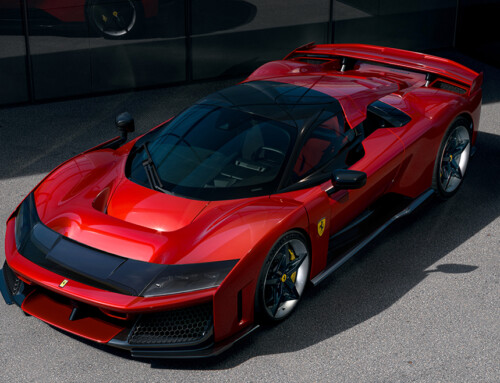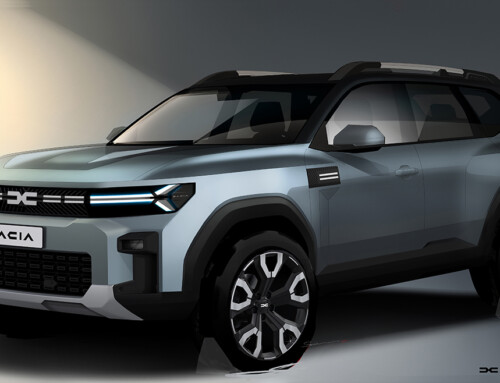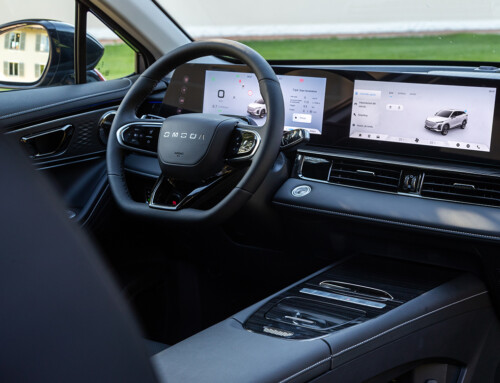A voyage inside the four-door saloon concept and its evolutions. A voyage undertaken by Robert Cumberford in this issue’s “Opinion”, which aims to identify the significance of the big car in the current market. A few years ago, the car market rotated around a single mass product, the 4-door saloon from which the rest of the range derived. Today, all that has changed, partly as a result of the shared platforms that have become the foundation for several highly diverse designs. So, it’s not just a question of 4-door Audis, Seats, Skodas and Volkswagens being given different liveries, but even a sporty Audi TT two-seater and a nostalgic VW New Beetle being built on the same floorpan.
In addition, the leading manufacturers of luxury cars have turned to the production of increasingly classy four-door saloons. The new Maybach has received the devoted attentions of the DaimlerChrysler engineers and the future BMW Rolls Royce is intended to demonstrate the Munich firm’s worthiness to carry the banner of Britain’s most exclusive brand. Meanwhile, Volkswagen-Bentley has just built a special 4-door saloon for the Queen and other mass-market producers have come up with flagship limousines like the Toyota V-12 Century and the Nissan V-8 President whose intentions are clearly prestige rather than profit-oriented. The biggest of the Italian saloons, the recently launched Lancia Thesis, focuses on comfort. If this high quality model succeeds it could influence the decisions of other manufacturers in Europe and Japan: it could even attract designers back to the four-door saloon, reviving interest in the shape as much as the size of the concept.
The article continues in Auto & Design no. 135










